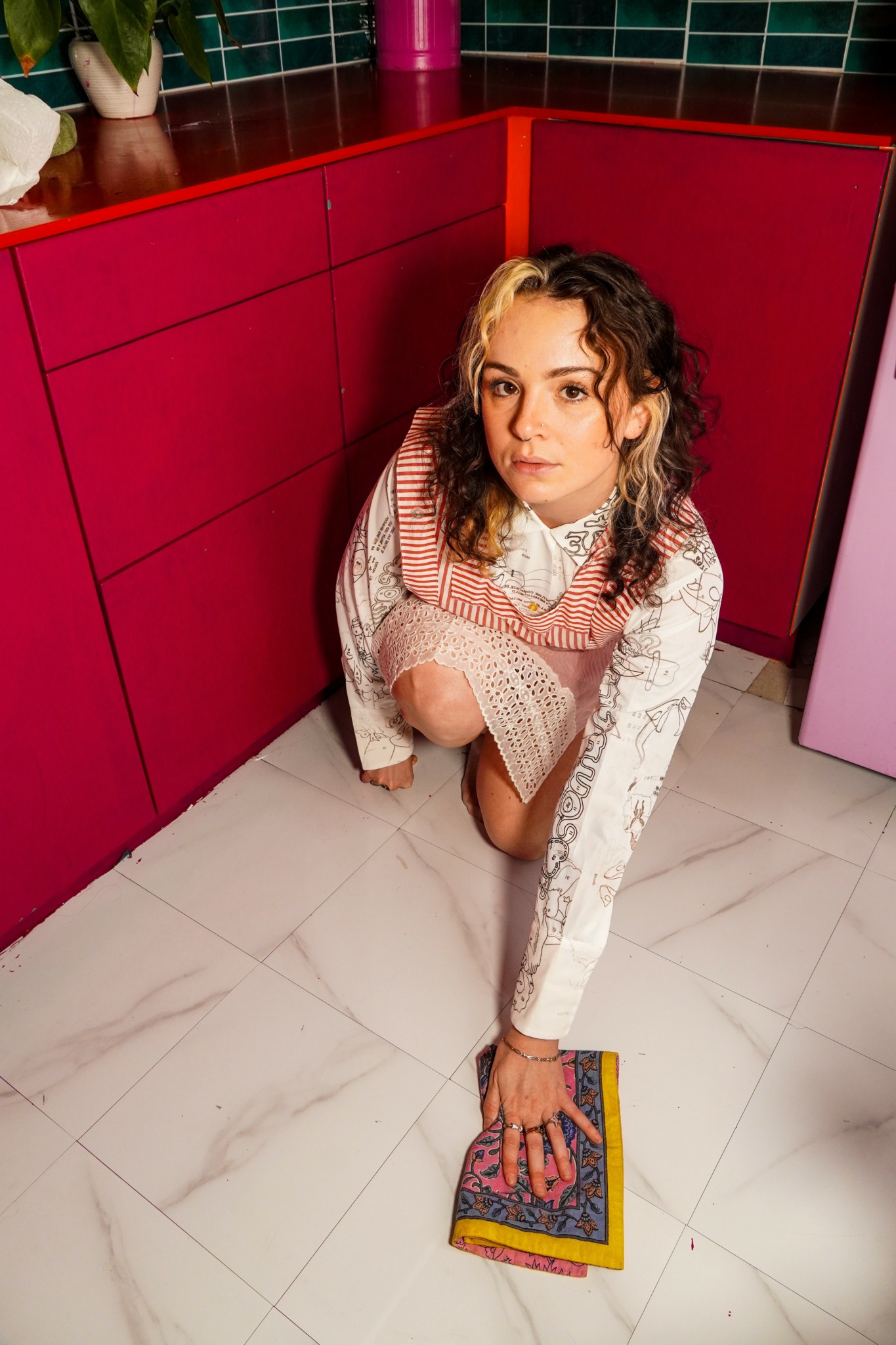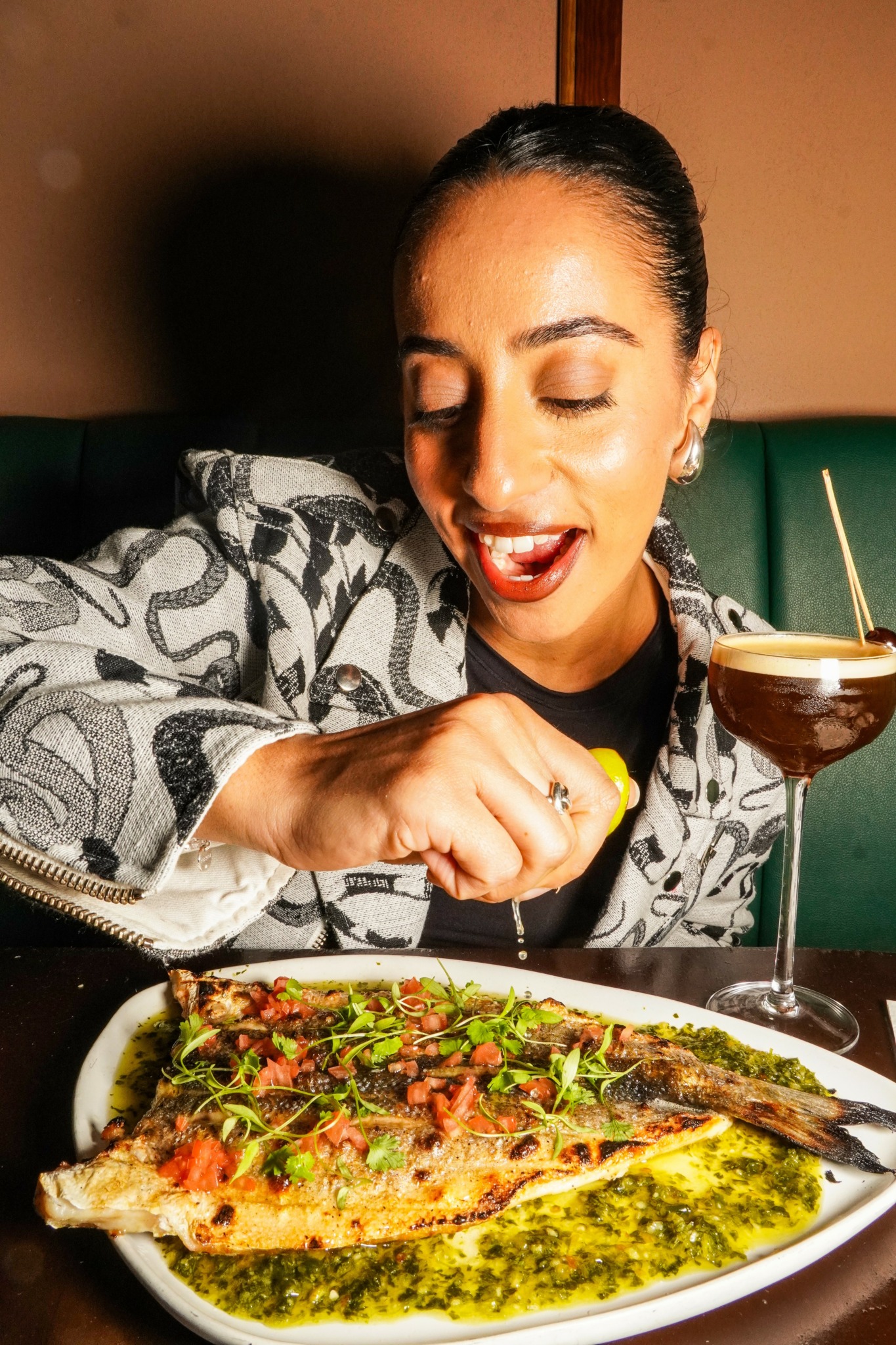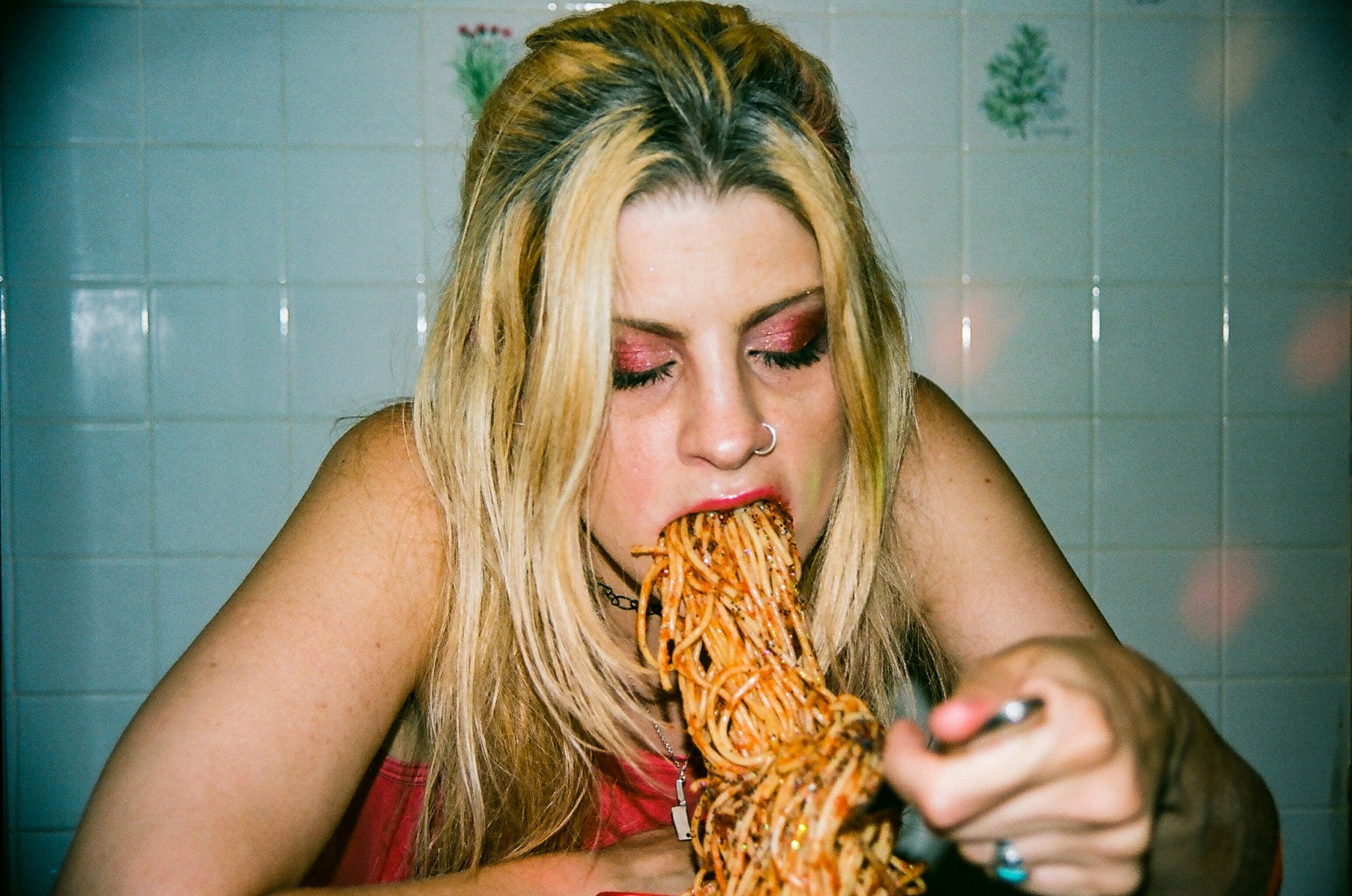We caught up with the brilliant and insightful Jesse Warner a few weeks ago and have shared our conversation below.
Hi Jesse, thanks for joining us today. Do you wish you had waited to pursue your creative career or do you wish you had started sooner?
My whole life, I’ve been fascinated by photography, but it took years to pursue it even as a hobby. When I was a kid, I always had a Fisher Price 110 camera around my neck or a disposable camera on me for as long as I remember. Getting film back and recapturing memories felt like magic and always made me feel like I could get a piece of time back that I had forgotten. My dreams were, however, put on hold due to discouragement from people that thought they had the best interest for me. For me, money is not the main goal in life, rather following the path that makes me happy and provides me the most joy. I was discouraged by friends, family, and exes to chase things that would provide me more stability, and in their eyes, freedom to do what I wanted as a hobby. It wasn’t until I moved to New York City seven years ago that I started shooting film again after a long gap of doing what I loved. College took me nine years, because I despise structured learning and thrive in a more hands-on approach. Even after graduation, I ended up with a degree in Public Relations and Professional Writing and moved to New York to work in media, realizing I was more interested in photojournalism than writing. Although I knew I wanted to start exploring and capturing the city, I had no money to buy a camera. When I moved here, I didn’t even have enough money to ride the subway and had to walk to work as a chef; something that I had the most experience in and wanted to get any job to support myself while I chased my passion. After expressing interest in getting serious about photography to my uncle, he gifted me his old camera, a 35mm Canon Rebel G and a few rolls of expired Fujifilm. My boss at some dingy kitchen called me after three months and explained that I was “just okay, and they expected excellence”, despite making minimum wage which was 13$ an hour at the time. I was out photographing interesting people in Union Square when I hung up the phone and met somebody feeding pigeons out of his hand named Roshard. He told me “People out here is worried about the things that don’t matter. They forget about the simple things that cost nothing. Like feeding the birds, all it costs is time.” After photographing him, and learning how to feed a pigeon out of your hands, I got a call from a chef who hired me as an R&D chef at a restaurant that 6 months later would get a Michelin star. This held me back even more, because now I was in an environment where that had to be my passion. People saw the success of me working at a prestigious restaurant and took it as something to be proud of, and encouraged me to continue towards that path despite my feeling of working hard for somebody else’s dream. All of those long hours, burns, and cuts taught me so much, but at the end of the day, I’ve always wanted to work on something that was all me.
What I’ve learned from this is, don’t ask people for directions that aren’t going the same way as you. If you believe in your vision, that’s all that matters. They will call your idea ridiculous until it actually works. If people don’t see your value, you’re in the wrong room and you need to find your place where your ideas and values are aligned. Patience is key, because you’ll never strike fire the first time you try. The most important thing is to believe in yourself, because if you don’t, nobody will. Once you believe in yourself, the right people will believe in you, and they will tell all their friends to believe in you too. I wish i started my dream earlier, and part of me regrets not skipping college and moving to New York City first, but I believe that the struggle is key to finding yourself. You learn most from your mistakes, so don’t be scared to make them. Do it scared, because there’s never a right time to make that leap and you’ll only have regrets for that missed opportunity. If you try and fail, you’re in the same place as you would be if you didn’t try at all, but at least you have those mistakes that give you some perspective and clarity for when the next opportunity comes.
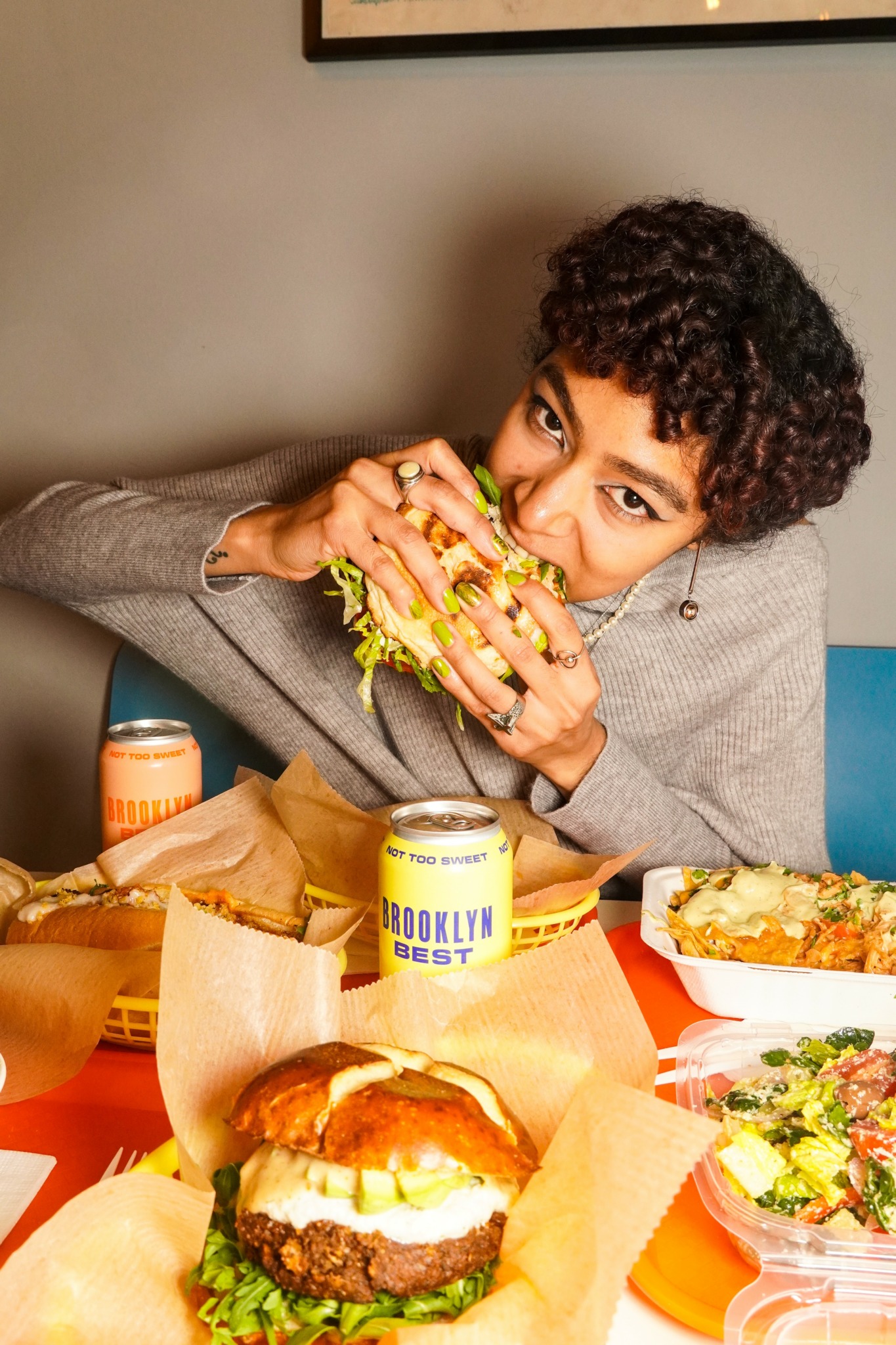
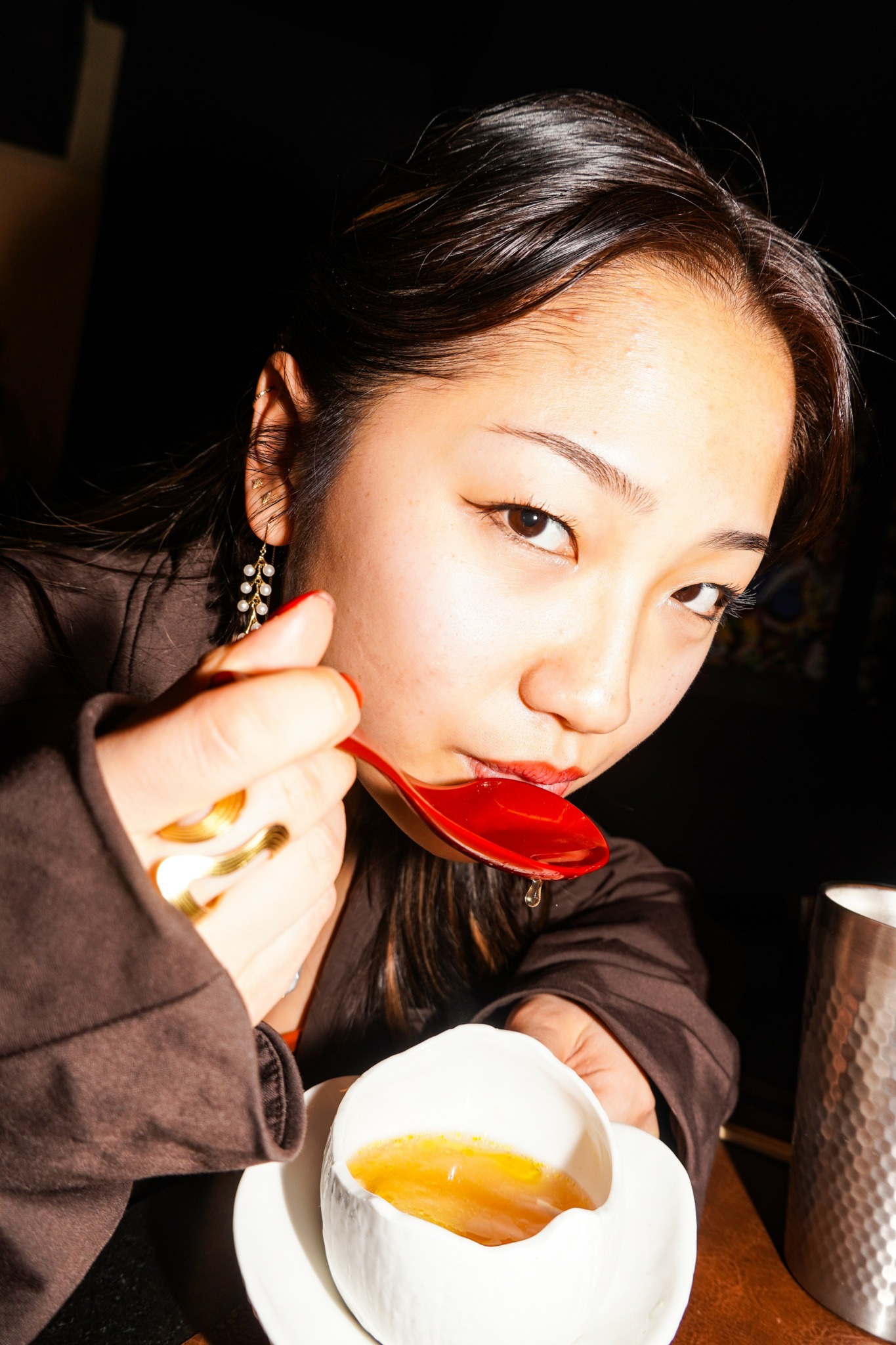
Great, appreciate you sharing that with us. Before we ask you to share more of your insights, can you take a moment to introduce yourself and how you got to where you are today to our readers.
My success as a photographer and street artist can be broken down into lucky accidents and being in the right place at the right time with a lot of hard work and dedication. My most ubiquitous photo of a woman eating spaghetti covered in glitter almost never happened, because I was going for a completely different concept. The entire shoot was in the dark, with the only lighting being a disco ball that I hoped would reflect off the glitter and be somewhat moody and dark. Previously, I had tried a similar shoot and was disappointed in the results, so for one of the 36 shots, I turned the flash on just to make sure at least one came out as a b-shot. That was the only photo that came out even remotely usable for anything. To this day, that photo is what my work is most known for, or at least was the jumping point for my career. It was the image that made me want to shoot more photos in that style- high contrast flash, direct shot, eating food, kind of off-putting to build intrigue.
While attending college in rural Pennsylvania, I got interested in stickers and stenciling, but there wasn’t anything remotely close to what kind of graffiti happens in New York. There was no community that I was a part of, but it was something that I became obsessed with. My addiction to Ebay caused me to order hundreds of one cent stickers and postcards from China every day. They took about a month to ship, but after doing this for long enough, I would be receiving a large stacks of airmail with a single item in them every single day. I’d set up a table at the student union building, spreading them all over which drew enough intrigue that people would ask if they were for sale. I sold them for 25 cents each or 5 for a dollar, and surprisingly people started pulling out 20 dollar bills and was making more than my day job selling stickers. Eventually, security caught on and intimidated me until I left after a few months. At the time, I was running an organization that booked music acts on and off campus that was able to reserve a table legally and there was nothing they could do about it because we were a registered university organization. Eventually, I got a vending machine that was huge and hard to fit into my car, but we managed to drag it to a few Punk Rock Flea Markets.
After moving to New York City, I noticed there was a lot more stickers and graffiti and wanted to learn more about the stories of who, what, when, why, and how. Every sticker is a message that somebody is trying to convey, so I was determined to figure out the stories behind every single piece of street art. I decided to make my first New York City sticker, which was a way to tell people “I am here, and I want to meet every one of you”. It was a doodle that I made in my notebook when I was feeling lonely and lost in a new city that I knew nobody in yet. Through this, I was able to meet a few photographers and got a few photoshoots, but I figured if I could put an eye-catching image that showed my work it would draw more intrigue. Of course, I chose my Glitter Spaghetti image, as a way to catch people off guard when they were going about their daily lives. Street art is a way to incorporate your art into people’s world when they least expect it. Andy Warhol was able to create pop art by using iconic images like Marilyn Monroe and Campbell’s soup can, but street art is a way to create an image and make it iconic- then building a brand off of that.
After the pandemic, I did not go back to being a full time chef, but have remained freelance as a chef and photographer. For about six months, I worked for the executive chef I used to work for who owned three restaurants as a social media manager which taught me a lot about how the industry works. How do you get into those magazines, how do you work with influencers, how do you build an account, how do you think about photographing work for social media? After working on the opposite end, I was able to figure out what the client wants as a photographer.
Ever since, I’ve been working with restaurants and brands with photos that focus more on the vibe than the food itself. In the age of social media, people simply want to see bright colors, pretty plates, and people having a good time. My work shows potential clients what it’s actually like to eat at your restaurant, wear your clothes, and use your product. It creates an experience that you can taste and feel, not just visualize. It’s the dichotomy between your posed and inner craving, which creates a desire that is unleashed.
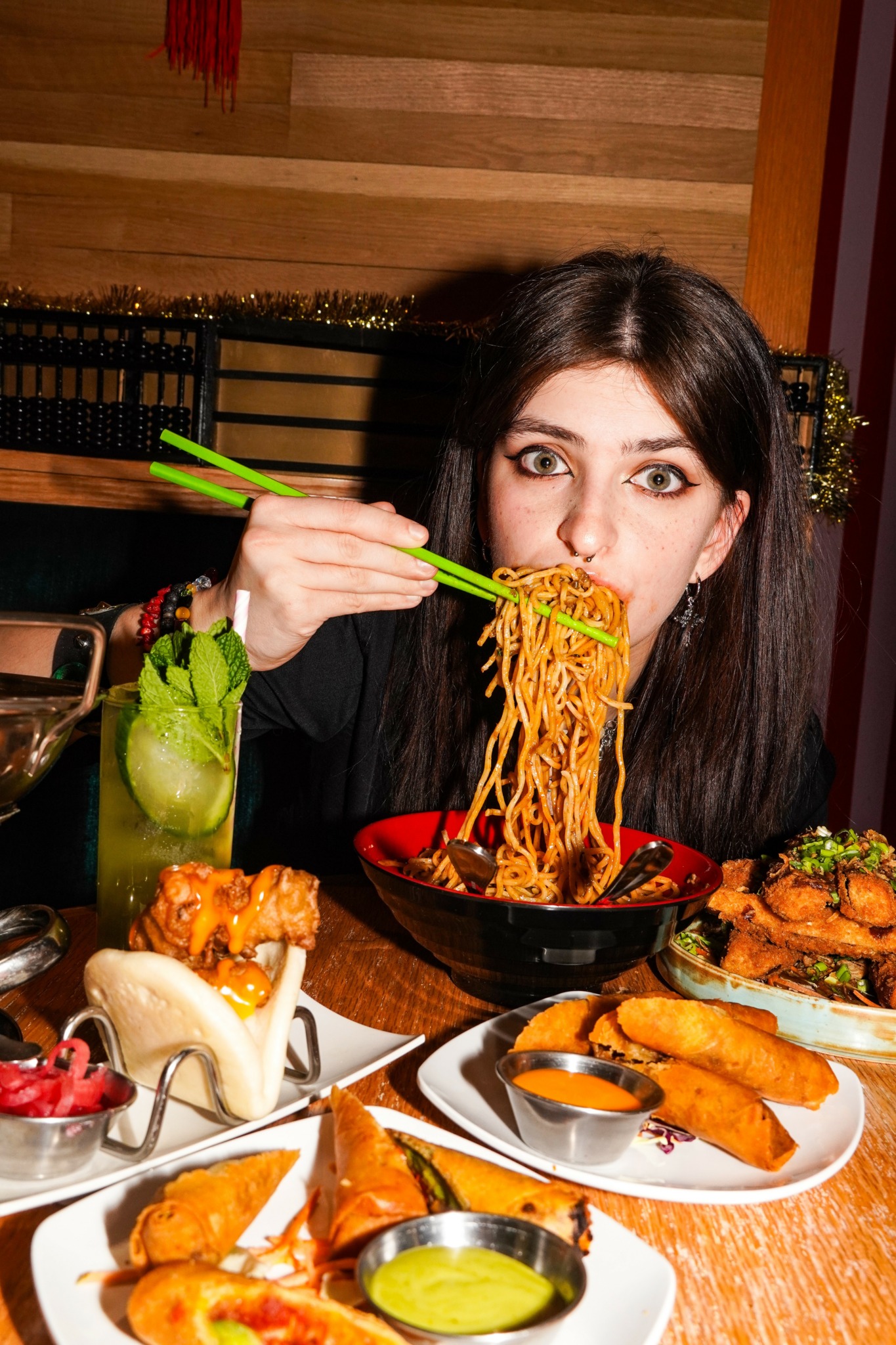
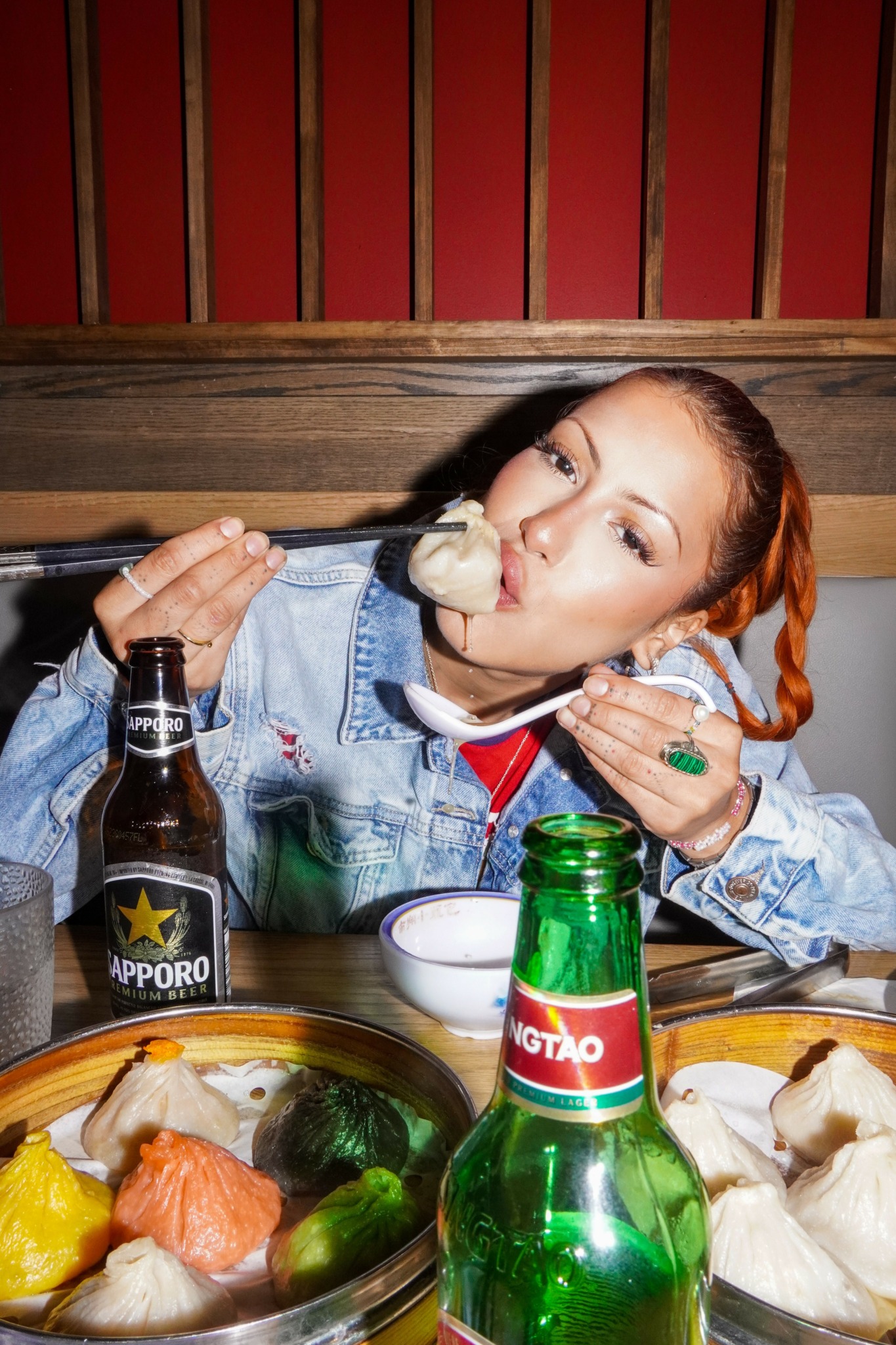
What can society do to ensure an environment that’s helpful to artists and creatives?
A lot of people say that competition doesn’t happen at the top, but I don’t believe it should happen at the bottom either. In fact, there should be less competition at the bottom and more artists supporting other artists during their early stages. Sharing resources and information doesn’t make your art less visible. Creating opportunities for artists that are talented, not ones that will attract attention has always been my philosophy. Good people supporting good people is the way that we can build a stronger community.
It is my goal to create accessible spaces for artists to share their work and network with others. Street art is the most democratized form of expression, because you don’t need to ask somebody for permission. There is no curator or third party to go to in order to hang your work. It is also the most vulnerable form of art, because you’re not just exposing yourself to art critics and gallery attendees. People can interact with it, deface, and give you feedback that are not even remotely interested in art.
Society itself can recognize that it would be mutually beneficial to provide spaces to artists in their already existing business plans. If you run a bar, for example, what’s stopping you from having different art up every month and having an extra hundred people come get a drink for the opening reception? Some of the best shows are at existing businesses, because communities form around locations and they become known hangouts even when there isn’t a show happening, simply because artists know they are supportive of their desire to create.
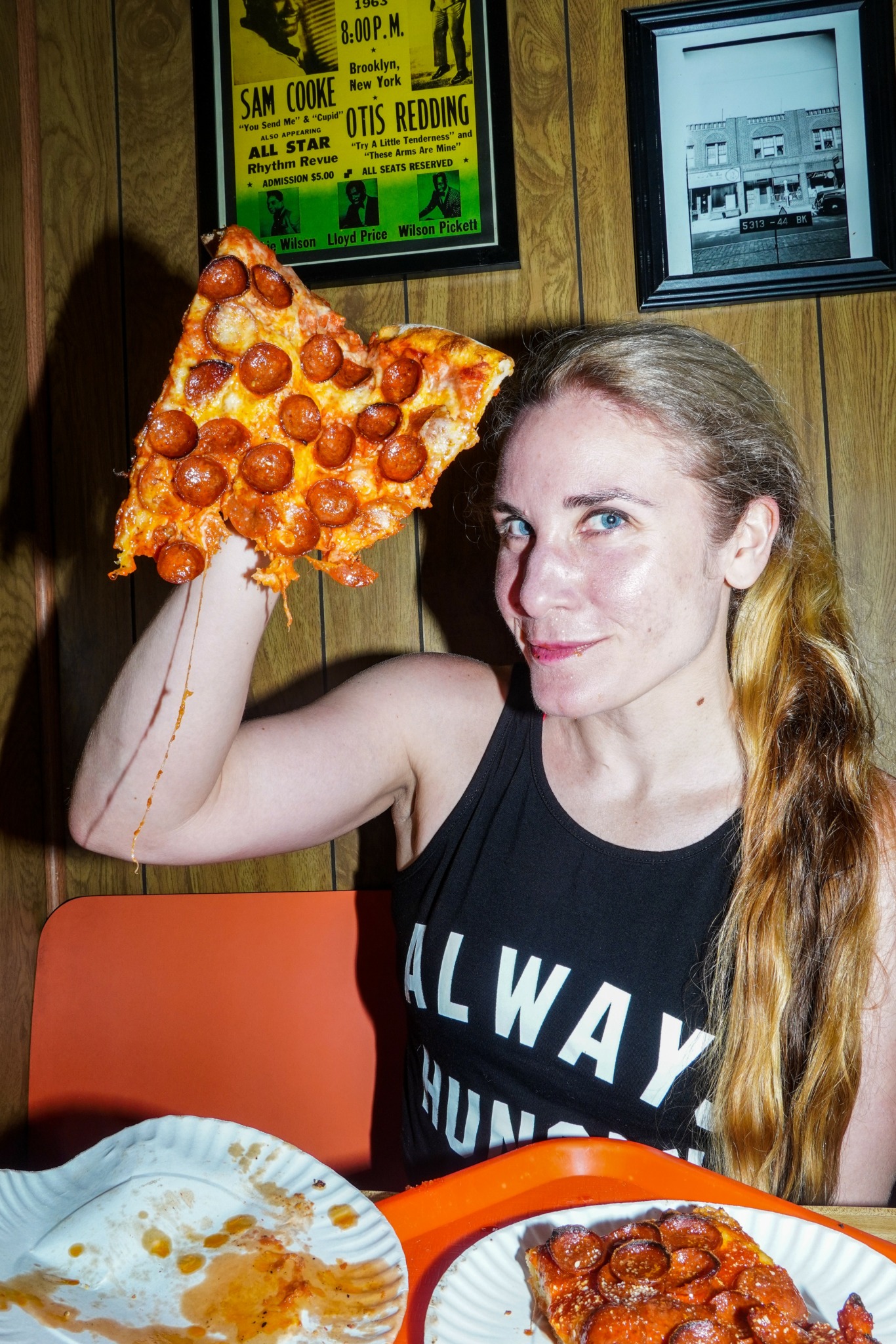
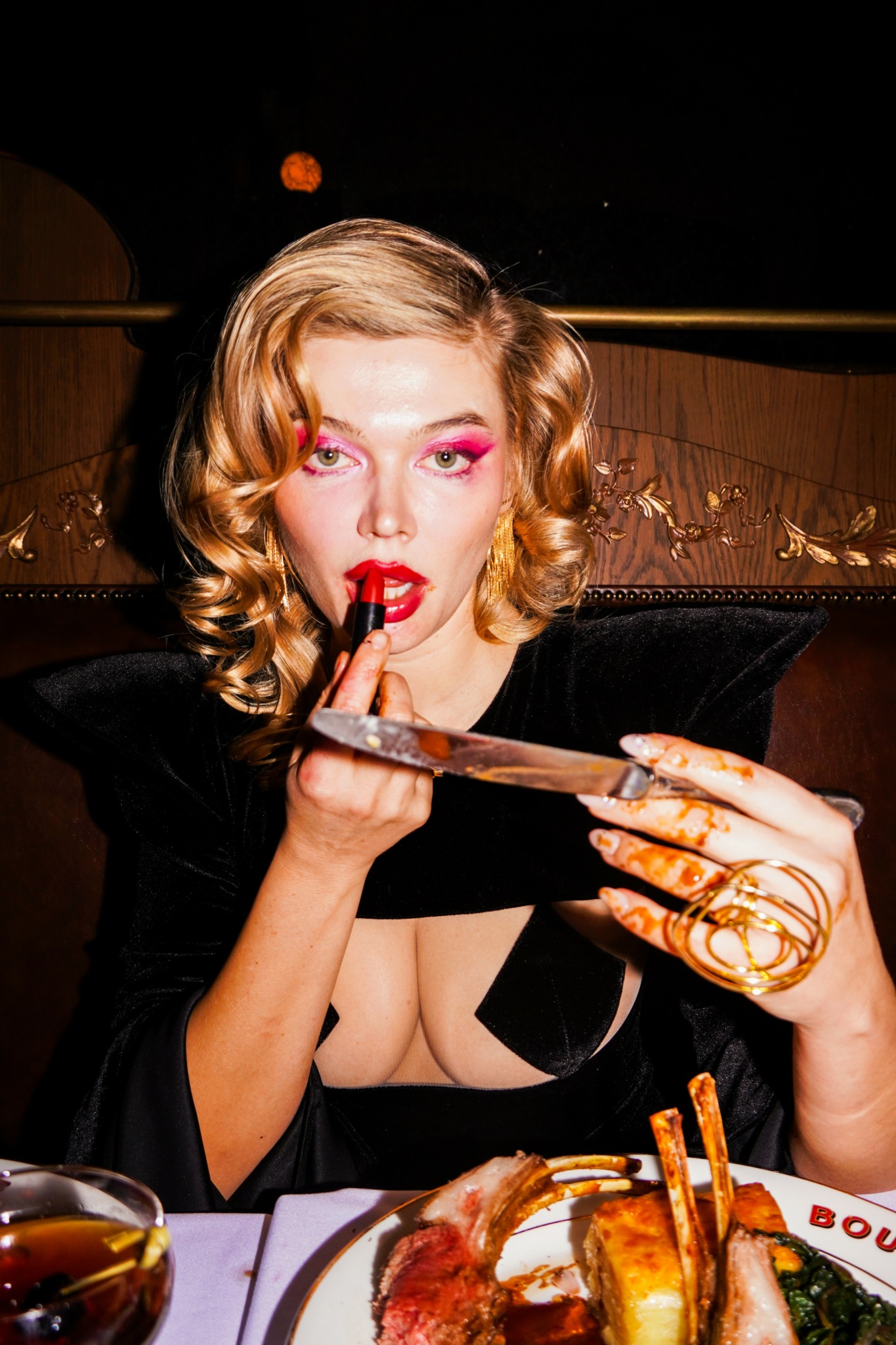
Are there any books, videos, essays or other resources that have significantly impacted your management and entrepreneurial thinking and philosophy?
When I was living in rural Pennsyvlania, I started a magazine called Brain Bug. It was a fully illustrated magazine where we would interview scientists and take large high level information and make it more digestible to young students. When doing research of how to start this, we went downtown and talked to every business owner, because small shop every is an entrepreneur. After talking to the couple that ran a bookstore called Firefly Bookstore and asking how somebody gets in their store, they told us to simply make something you’re proud of and worry about that later. We ended up winning a small business grant after making a few copies under the idea that we were aware physical media is dying, but we believe in kids having access to something tangible and interactive. Keeping things analog, even if the trends were against us, was something was what we believed in. After interviewing several of the scientists at Rodale Institute, the first organic farm, they hired me as a Communications Intern, because they loved the idea of having their research accessible to the future of farming.
In Rick Rubin’s book “The Creative Act: A Way of Being” he discusses the idea of the audience coming last. If you believe in your vision, you will create a market for it. The audience doesn’t know what it wants, because what you are trying to do has not been created yet, so how would they know that they want something that doesn’t exist yet? If you think too much about what others are doing, you get caught up in the mainstream and are working towards comparing yourself to others. He talks a lot about how you can create art with a message, but once you release it, you are unable to control how people perceive it. The power of this is that it allows interpretations that you could never have ever thought of when creating your art. One of my favorite things is hearing how my art makes them feel, because it’s almost never something I would have thought of, but it will always speak to different people in very personal ways. The way your art makes somebody feel is more of a reflection on the viewer than you.
Contact Info:
- Website: https://Jessewarner.com
- Instagram: warnerjesse
